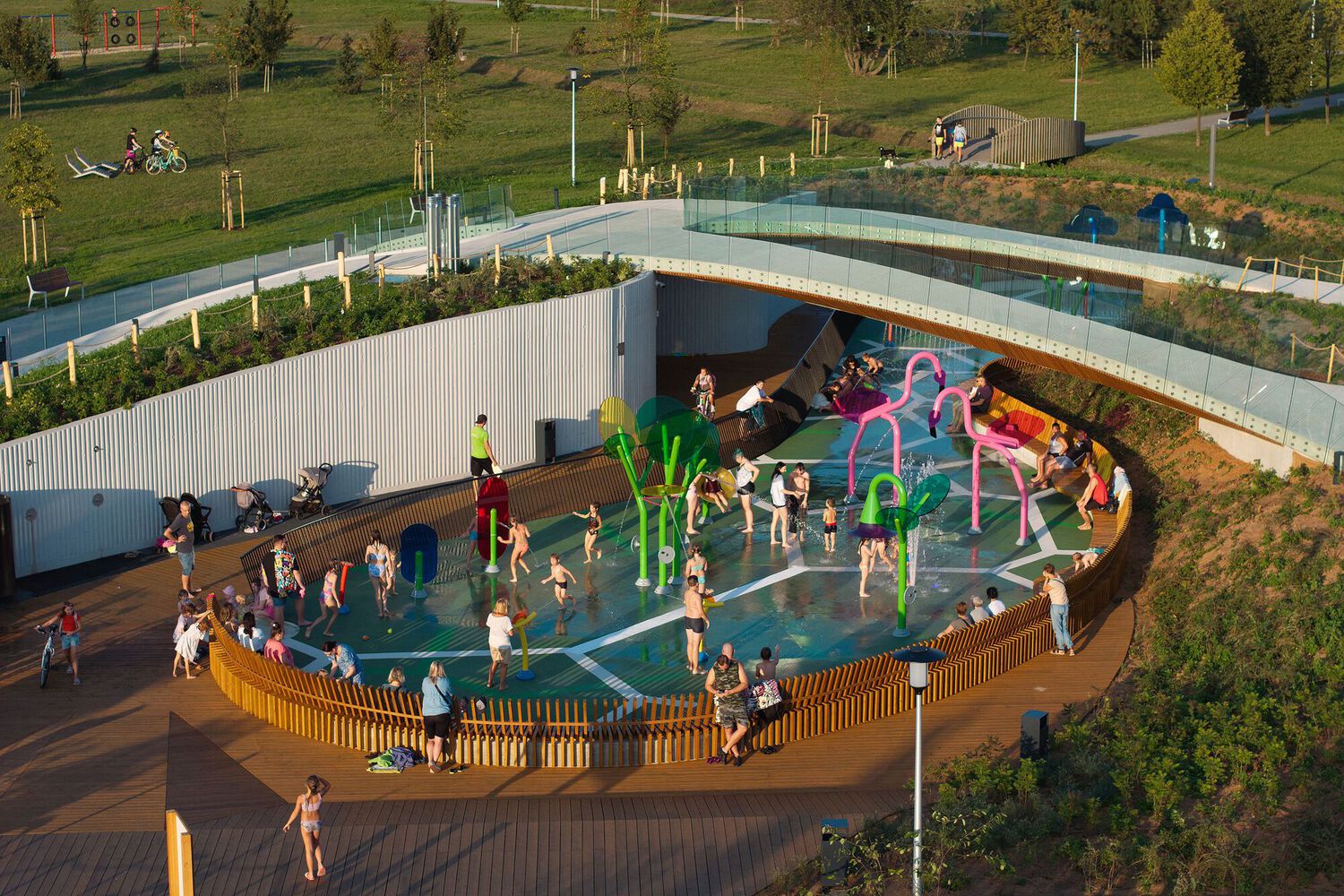Inclusive Playgrounds: Every Body Can Play Through Architecture
Play extends beyond its recreational dimension, unfolding as a social act that encourages children to learn, interact, be creative, and engage with their spatial context. As Johan Huizinga notes in Homo Ludens, it is a fundamental element of culture, where kids form bonds and explore ways of coexisting. When the architecture of play spaces excludes certain bodies or modes of participation, the collective experience becomes fragmented and loses part of its meaning. Designing with inclusion in mind, therefore, means recognizing that the actual value of play lies in its potential to be shared by everyone.
In this relationship, playfulness introduces dynamics and fictions that invite us to explore alternative ways of inhabiting the world. At the same time, architecture provides the physical and sensory framework that enables these possibilities to unfold, with play structures serving as the link between the two. Although play has existed since the origins of human society, it was in the mid-19th century that Friedrich Fröbel’s pedagogical approaches, centered on the concept of kindergarten, laid the groundwork for understanding play as a formative, educational activity.


 Picture: Tomasz Zakrzewski
Picture: Tomasz Zakrzewski
Comments :